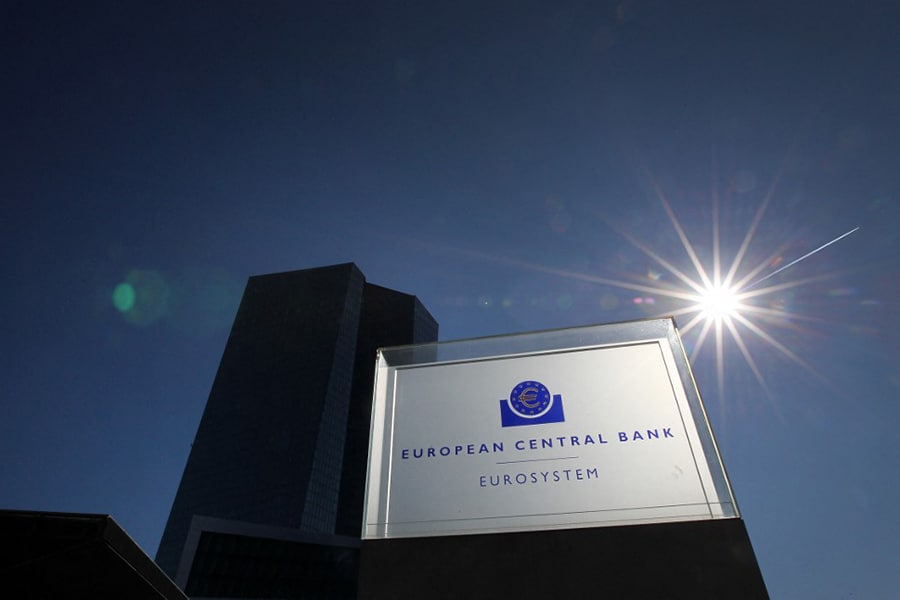
From deflation to war: How the European Central Bank responded to crises, and what's next
The global surge in inflation has brought to an end a long period of low interest rates and forced central banks around the world to try to bring prices under control by raising borrowing costs
 Inflation in the eurozone soared to an all-time peak of 8.1 percent in May, precipitating a response from the European Central Bank. (Credits: Daniel ROLAND / AFP)
Inflation in the eurozone soared to an all-time peak of 8.1 percent in May, precipitating a response from the European Central Bank. (Credits: Daniel ROLAND / AFP)
Frankfurt, Germany: The global surge in inflation has brought to an end a long period of low interest rates and forced central banks around the world to try to bring prices under control by raising borrowing costs.
Inflation in the eurozone soared to an all-time peak of 8.1 percent in May, precipitating a response from the European Central Bank.
But as ECB policymakers prepare to draw a line under debt-purchasing measures worth a total of around five trillion euros ($5.4 trillion) deployed since 2014, here is a look at what they achieved and what could come next.
What did the stimulus do?
Back in 2014, with deflation looming, the ECB launched its bond-buying stimulus programme to try to stoke prices and economic growth.
The tool works by buying up bonds on the market, which pushes down or holds down interest rates for states, corporate investors and consumers alike.







